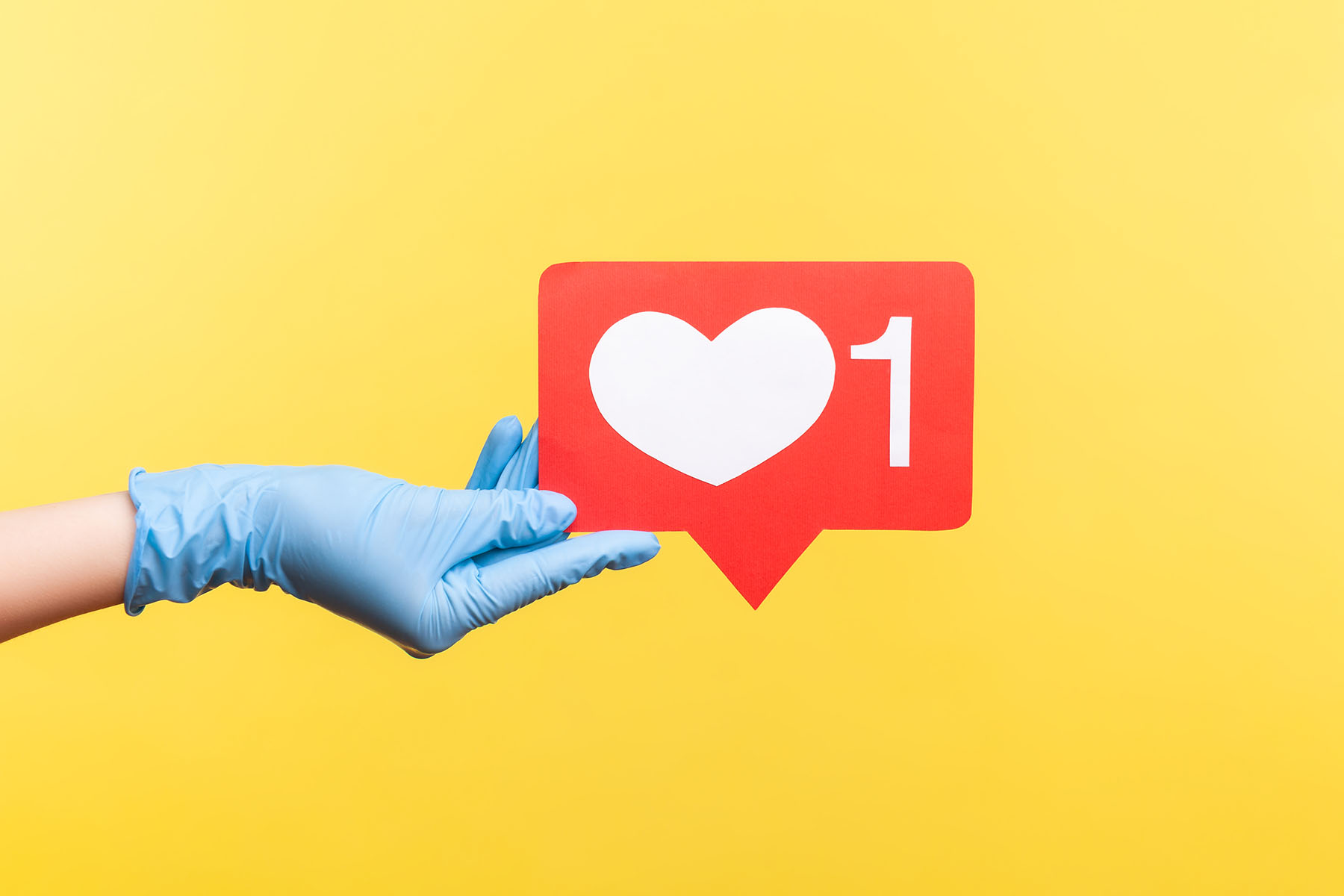A significant battle for the hearts and minds of healthcare professionals (HCPs) will play out in social media during 2024.
A series of studies and surveys have documented the fact that substantial numbers of physicians, nurses, and allied health professionals are active on or prefer social media for professional purposes and to connect directly with peers. A majority of HCPs want to receive relevant information on their own times and terms.
Social media has become a news source for learning about new brands, products, procedures, and practices. A recent Sermo survey indicated that nearly two-thirds of responders changed their perception of medications or treatment options based on information obtained on social media. Fifty percent of responders said they changed prescriptions because of social media information. From direct peer consultation to private groups, to journal clubs, to following Digital Opinion Leaders (DOLs) social media has become part of an HCP’s clinical toolkit.
HCPs are pressed for time, eager to keep up with scientific and clinical developments, skeptical about big pharma, and increasingly focused on outcomes and metrics. Physicians are eager to share their concerns, ask questions, and offer opinions about drugs, treatments, therapies, and devices in developmental pipelines. Many have become employees of growing hospital and academic systems where productivity, throughput, and paperwork are required priorities.
Savvy marketers will focus on eight tactics to capitalize on these trends and meet HCPs where they congregate on social media.
1. Apply AI
Beyond the hype lies a need to aggregate, normalize, structure, and connect datasets to facilitate the workings of algorithms and machine learning to impact targeting and relationship building. Collecting and connecting data with appropriate concern for privacy and regulations will be a technical and political challenge for many organizations.
2. Experiment with Generative AI
ChatGPT and its growing list of competitors will be used experimentally to create content and structure message cadences. AI will also help marketers determine what works and what doesn’t.
3. Shoot Short-Form Video
Short, succinct, snackable, and shareable video has captured the attention of time-pressed HCPs. Look for brands to produce videos featuring Key Opinion Leaders (KOLs), DOLs, clinical trial data, excerpts from congress presentations, and mechanism of action (MoA) animations delivered by social media, by email, and face-to-face by pharma reps to open clinical conversations. Look for TikTok to merchandise the 4.7 million self-identified HCPs on the platform to pharma marketers.
4. Orchestrate Opinion
The democratization of medical news and information has created opportunities for marketers to orchestrate the sources and platforms for information flow. Brands have options for enrolling and interacting with traditional KOLs, generally clinical and academic leaders in their fields, and DOLs, self-appointed practitioners who have attracted significant followings in social media. These influencers can be tasked with the same, complementary, or allied roles in communicating with HCPs. Mixing academic, scientific, and practical data creates avenues for stronger engagement, conversation, and persuasion. In surveys, KOLs and DOLs believe scientific engagement should begin during Phase III trials of new drugs.
5. Mobilize MSLs
Peer-to-Peer demand is driving reliance on social media to connect HCPs with others serving similar patient populations or confronting similar treatment considerations. Doctors love to talk to each other, especially when they share questions and concerns. Surveys have revealed a preference for webinars, digital forums, and panel discussions. The traditional separation of commercial and medical affairs teams is changing as Medical Science Liaisons (MSLs) are increasingly appearing at congresses, interacting with reps, counselling individual physicians, participating in private condition or disease groups, or adding to conversations in the Walled Gardens. Expect the demand for MSLs to assist the promotional side of the business to continue and expand.
6. Xed Out
Twitter was home to a large and growing number of HCP-oriented pages including journal clubs; alumni groups; disease, condition, and specialty groups; and DOLs with thousands of followers. Then Elon kicked over the checkerboard causing confusion and anxiety. Some fled. Others are hanging in waiting for the carousel of chaos to stop. Look for many of these HCP groups to move to WhatsApp, Threads, or LinkedIn in the new year.
7. Different Strokes
HCPs are looking to different platforms for different experiences. For example, LinkedIn is becoming a prime distribution channel for clinical trial data, journal articles, and congress presentations. Private Facebook groups are forums for specialists to trade ideas and opinions. Social platforms are working to differentiate themselves by appealing to HCPs. The implication is that one-size doesn’t fit all and that smart marketers must produce unique creative that appeals to the sensibility of HCPs on each platform and conforms to the frequently changing tech specifications.
8. Fearless Forums
The competition among online private social physician communities—the so-called “Walled Gardens”—is intense. They are actively developing new features and functions while providing HCPs with private, secure forums to exchange scientific information and clinical points of view. They offer detailed targeting and content options at relatively high ad prices but are well worth consideration.







